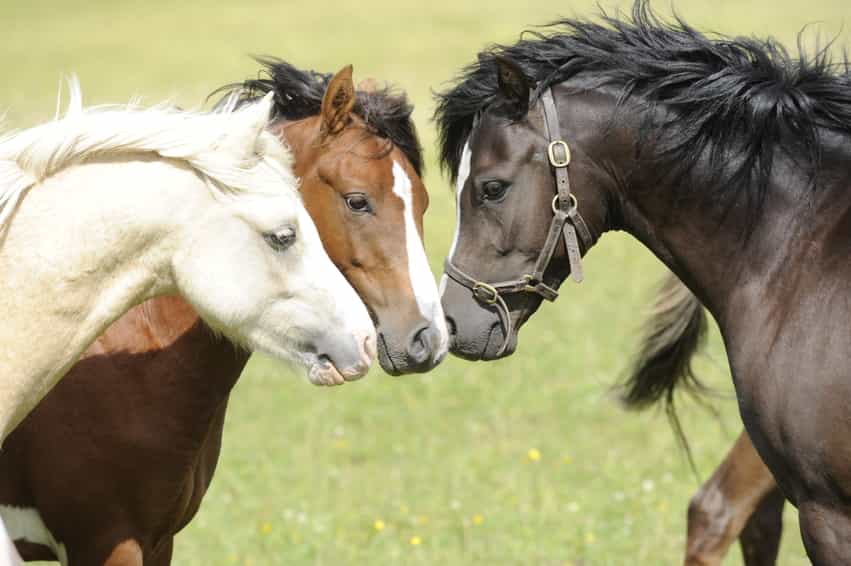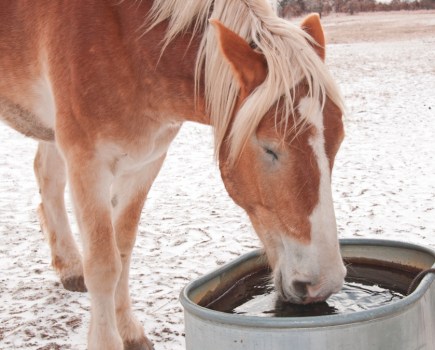Astound your friends at the yard with these fun facts about your horse. With advice from Russell Guire.
1. All seeing eyes
The horse has the largest eyes of all land mammals, and their position on the side of their head allows them to see through 360°.

Horses have the largest eyes of any land mammal
They also have one flight eye and one processing eye. You’ll often see a horse tilting his head at a strange object in his field of vision – and this is him looking and processing what he’s seeing.
This also helps explain why on one rein your horse won’t notice an object in the school, but may spook or shy on the opposite rein as his vision on each rein sends a different message to the brain.
2. Is he left or right hooved?
From birth, horses are either left or right hooved (that’s handed to you and I).
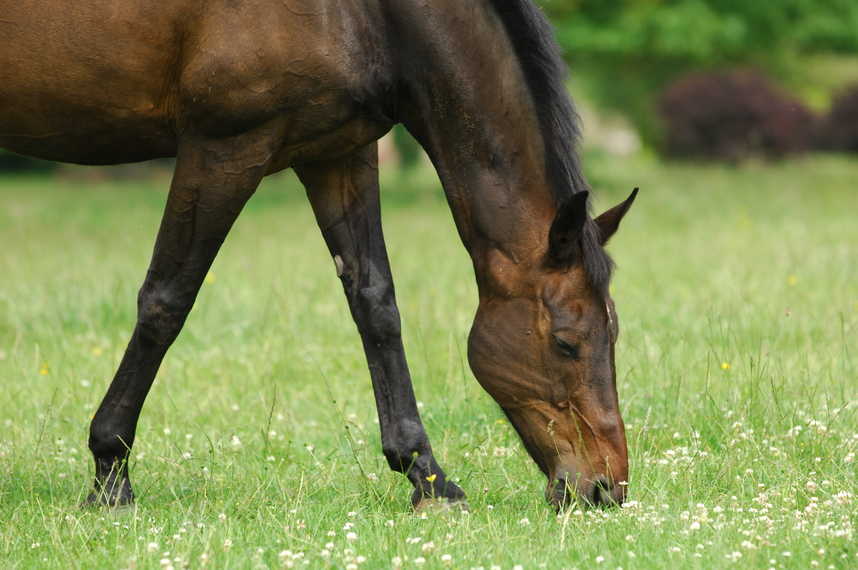
Which hoof seems dominant in your horse?
When you watch your horse grazing, he’ll graze with one foot out in front and this tells you whether he favours the left or right.
Often referred to as laterality, this is the preference your horse shows for one side of his body, and being aware of this will help you use the correct training exercises to help strengthen his weaker side.
Favoring one side to the other can cause asymmetry, altering foot shape and scapular position. This is why regular visits from your farrier and having the fit of your saddle checked at least twice a year are essential to ensure your horse stays sound.
If this doesn’t happen, it may result in uneven feet and uneven loading patterns which, over time and if not corrected, will cause weakness and soundness issues.
3. He doesn’t have a collarbone
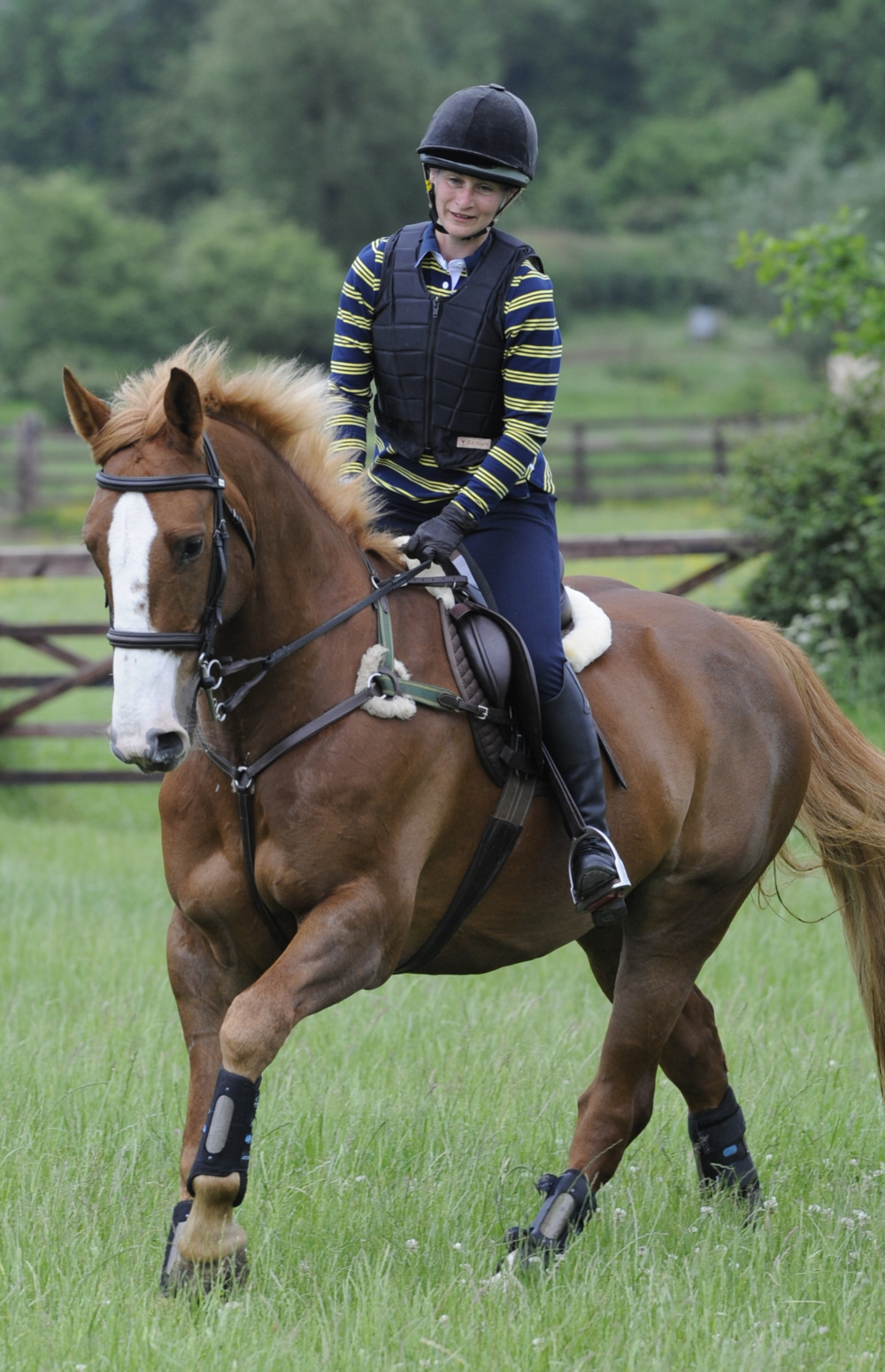
If horses had a collarbone they’d struggle to carry you
Unlike us, horses don’t have a collarbone, but instead have a powerful group of muscles, tendons and ligaments called the thoracic sling, which attach to your horse’s torso to his shoulders.
The thoracic sling acts as a shock absorber and it’s this that enables the horse to carry out dressage movements and jump.
If horse’s had a collarbone they’d struggle to jump or carry a rider.
4. How your horse lands
When a horse jumps a 1.30m fence, 2.6 times his bodyweight passes through his first landing foreleg.
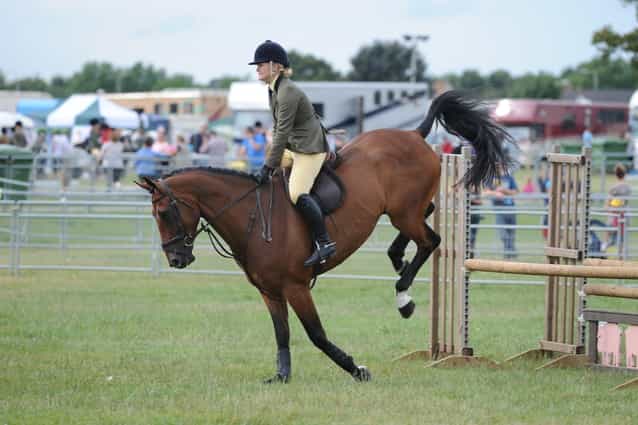
When your horse lands, more than twice his bodyweight lands on his landing foreleg
As he lands, his fetlock hyperextends (touching the ground), and his tendons and ligaments stretch like a large elastic band.
This load passes into his fetlock, acting like a huge spring propelling him forwards.
5. Super sensitivity
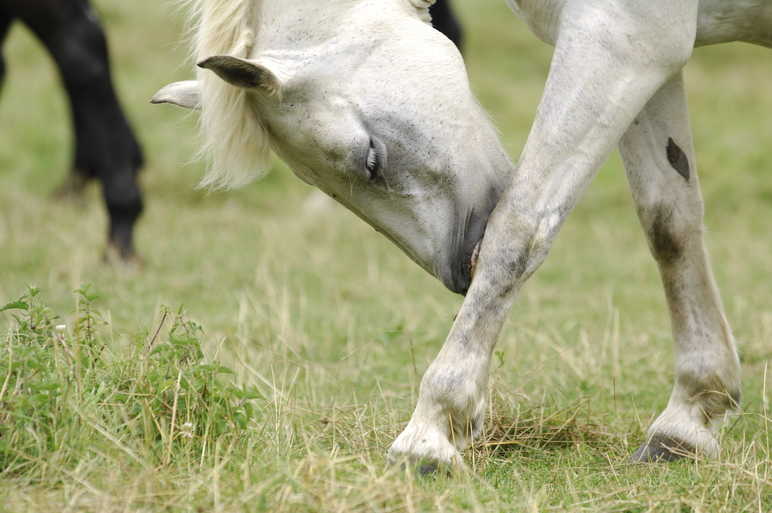
Your horse might be sensitive, but he can also switch off
Your horse is so sensitive to touch he can feel a fly land on him, so why do some horses become un-reactive to the rider’s leg?
Horses have a great ability to switch off, and this is what happens if you continually apply a leg aid.
Eventually your horse will become dull to your requests.

